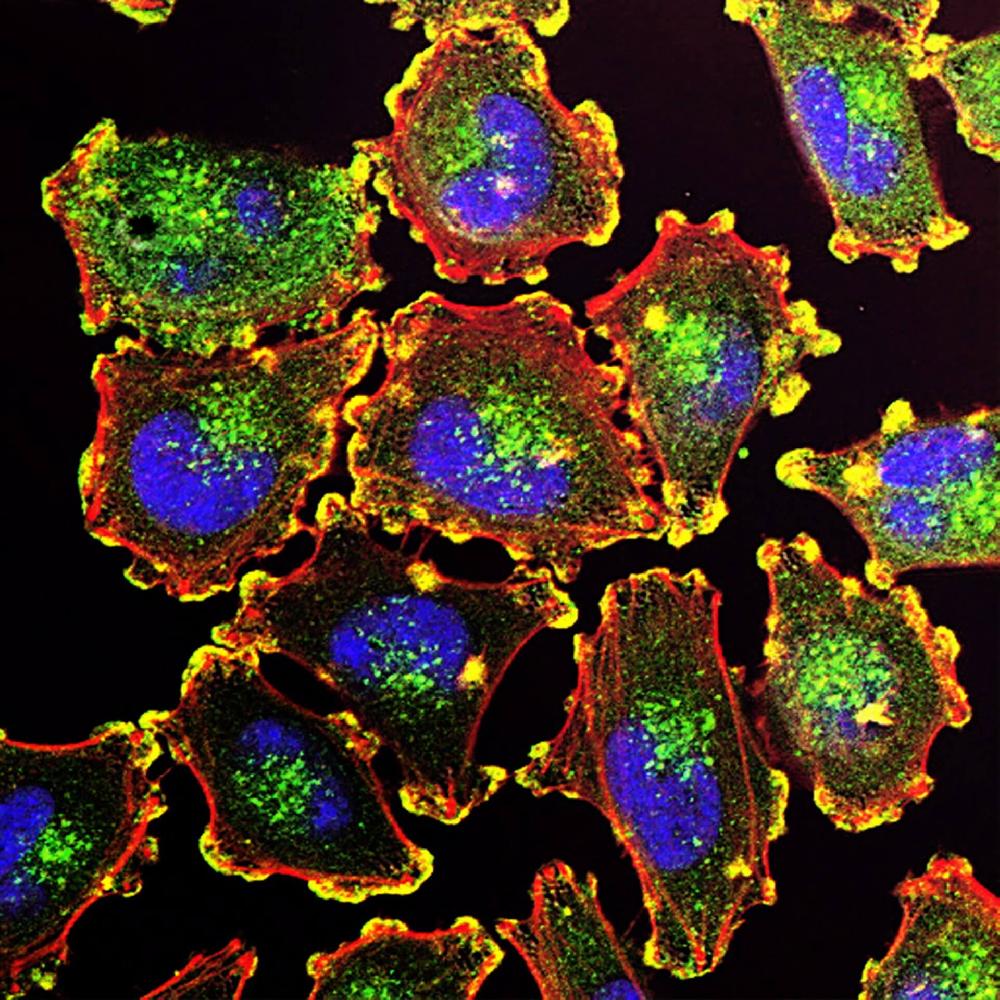This website uses cookies to ensure you get the best experience on our website.
- Table of Contents

2 Citations 17 Q&As
1 Citations 16 Q&As
Facts about Polyubiquitin-B.

Polyubiquitin chains, when attached to a target protein, have different functions depending on the Lys residue of the ubiquitin that is linked: Lys-6-linked may be involved in DNA repair; Lys-11-linked is involved in ERAD (endoplasmic reticulum-associated degradation) and in cell-cycle regulation; Lys-29-linked is involved in lysosomal degradation; Lys-33-linked is involved in kinase modification; Lys-48-linked is involved in protein degradation via the proteasome; Lys-63-linked is involved in endocytosis, DNA-damage responses as well as in signaling processes leading to activation of the transcription factor NF-kappa-B. Linear polymer chains formed via attachment by the initiator Met lead to cell signaling.
| Human | |
|---|---|
| Gene Name: | UBB |
| Uniprot: | P0CG47 |
| Entrez: | 7314 |

| Belongs to: |
|---|
| ubiquitin family |

RPS27A; UBA52; UBB ubiquitin B; UBB; UBC; Ubiquitin
Mass (kDA):
25.762 kDA

| Human | |
|---|---|
| Location: | 17p11.2 |
| Sequence: | 17; NC_000017.11 (16380793..16382745) |
[Ubiquitin]: Cytoplasm. Nucleus.





PMID: 3029682 by Baker R.T., et al. The human ubiquitin gene family: structure of a gene and pseudogenes from the Ub B subfamily.
PMID: 14745543 by Tachikui H., et al. Lineage-specific homogenization of the polyubiquitin gene among human and great apes.
*More publications can be found for each product on its corresponding product page